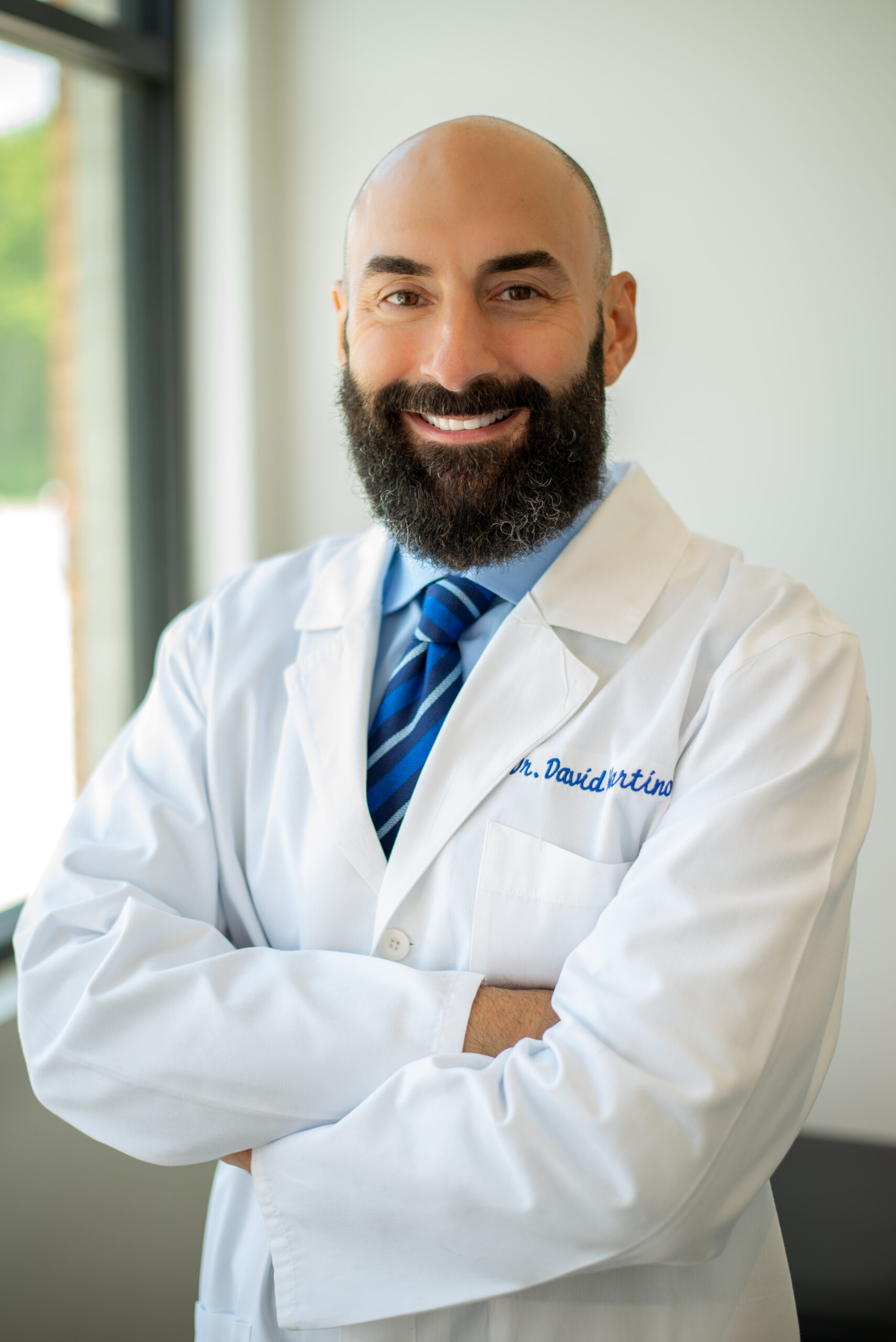Vertigo
Start your path to lasting relief with the most advanced and proven therapies available today!
Vertigo
Vertigo can make people feel like they are spinning when they are not. This dizziness can transpire for many reasons, but the most common has to do with the inner ear, known as peripheral vertigo. There are actually two types of vertigo, peripheral and central. Central vertigo is an issue in the brain, examples being from an infection, tumor, stroke, or injury. Vertigo is a symptom of an underlying problem rather than a disease or disorder.
Symptoms
- Almost everyone will experience some form of vertigo in their lifetime. Most of the time, a vertigo spell only lasts a few minutes. However, more extreme cases can last hours, weeks, or months.
- Common vertigo causes:
- Migraines and several headaches
- Certain medications
- Stroke
- Arrhythmia (irregular heartbeat)
- Diabetes
- Head and brain injuries
- Prolonged bed rest
- Surgery, viruses, or infections in/near the ears
- Perilymphatic fistula (inner ear fluid leaked into the middle ear)
- Hyperventilation
- Blood pressure issues
- Muscle weakness
- Syphilis
- Otosclerosis (a bone growth issue of the middle ear)
- Brain disease
- Multiple sclerosis (MS)

“We don’t treat your symptoms, we build your health.” ~ Dr. David Martino D.C.
Our Advanced Therapies for Vertigo
There is a better way. Get the healthcare you deserve and start your path to a recovery today.
Our unique system has been developed specifically for chronic pain and nerve disease
Our system has been specifically designed to help those suffering from nerve damage and chronic pain. We individually design comprehensive therapeutic programs using proven advanced technology and condition-specific restorative therapy to provide our patients with a true healing environment, not merely provide them with temporary relief of their symptoms. Unlike alternative options, our One-Of-A-Kind rehabilitation system addresses the root cause of the patient’s symptoms, which can more effectively offer long-lasting relief and dramatically improve the patient’s quality of life.


